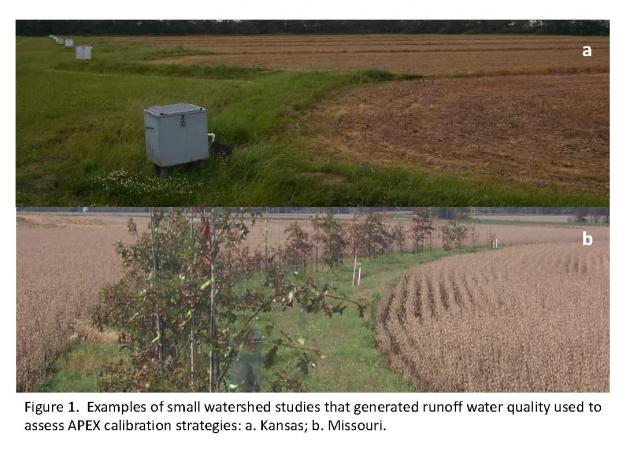Purpose
The phosphorus (P) index is the primary approach to identify field management strategies and/or manure application strategies likely to lead to excessive risk of P loss. It has been over 40 years since the first research connecting agronomic P management and water quality and over 20 years since the initial publication defining a P Index. This session will consider opportunities to build on and expand existing P Index strategies to make them more effective at protecting water quality and friendlier to the target user.
What did we do?
Nutrient management is a process providing guidance on the rate, source, timing, and method of nutrient applications. After completing an initial one to five year strategic plan there are tactical adjustments for new information such as new soil and manure tests and changes in crop selection. Additional assessments are needed when implementing the plan such as determining if current weather and soil conditions are appropriate for application.
We initially reviewed current P Indices and the skills needed to implement those P Indices. We then considered how those requirements aligned with the likely users of the P Index at a particular steps in the development and implementation of a nutrient management of plan.
What have we learned?
Many current P Indices require using the soil erosion program RUSLE2 which is then a barrier to the use of these P Indices by anyone except planners with specialized planning. Such expertise is never available on some farms and unlikely to be available on most farms during tactical and implementation phases of the plan. There has also been suggestions that more complex strategies such as models should replace existing P Indices; this will lead to more complex P loss assessment tools.
Next generation P Indices will be more effective if we consider the capabilities and training of those likely to be making decisions at each critical juncture. Instead of “the” P Index we need to design a suite of tools that target key decision points. At each decision point, a first step of the development process must be defining who the likely decision maker is and what are their skills and training. We can only succeed if our tools are accessible to those that need to use them.
Future Plans
Sessions like this one and regional efforts to evaluate and update P Indices are critical to the continued improvement of state P Indices. We all must recognize that the P Index concept is still relatively young; in comparison it took about a century to move from the first research on agronomic soil testing to our current soil test extraction methods and interpretation. We are still early in our journey to identify and implement the most effective tools to minimize P loss from agricultural fields.
Authors
Dr. John A. Lory, Associate Professor of Extension, University of Missouri, Columbia, MO loryj@missouri.edu
Dr. Nathan Nelson, Associate Professor, Kansas State University, Manhattan, KS
Additional information
Please contact the authors for more information about this topic.
The authors are solely responsible for the content of these proceedings. The technical information does not necessarily reflect the official position of the sponsoring agencies or institutions represented by planning committee members, and inclusion and distribution herein does not constitute an endorsement of views expressed by the same. Printed materials included herein are not refereed publications. Citations should appear as follows. EXAMPLE: Authors. 2015. Title of presentation. Waste to Worth: Spreading Science and Solutions. Seattle, WA. March 31-April 3, 2015. URL of this page. Accessed on: today’s date.


